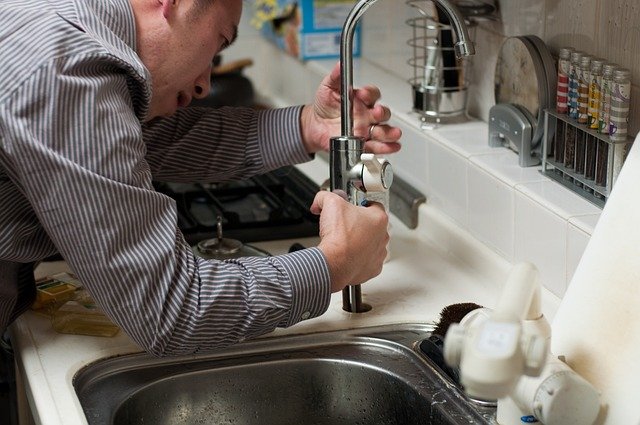Used Furniture: A Guide to Finding, Evaluating, and Purchasing
Used furniture offers a sustainable and cost-effective alternative to buying new pieces for your home or office. This article explores the world of secondhand furniture, providing insights on locating sales, assessing value, and securing the best deals.

How can I find information about used furniture sales?
Finding used furniture sales requires a combination of online and offline strategies. Start by exploring online marketplaces such as Craigslist, Facebook Marketplace, and eBay, which often have extensive listings for secondhand furniture. Local classified ads in newspapers and community bulletin boards can also be valuable resources. Additionally, visit thrift stores, consignment shops, and antique malls in your area, as these establishments frequently stock a variety of used furniture items. Estate sales and garage sales are excellent opportunities to discover unique pieces, often at bargain prices. To stay informed about upcoming sales, sign up for email newsletters from local auction houses and follow social media accounts of vintage furniture dealers in your region.
Is buying used furniture worth the investment?
Purchasing used furniture can be a worthwhile investment for several reasons. Firstly, it often represents significant cost savings compared to buying new items. Many secondhand pieces are available at a fraction of their original retail price, allowing you to furnish your space on a budget. Secondly, used furniture frequently offers higher quality craftsmanship than newer, mass-produced items. Vintage pieces, in particular, may be constructed with superior materials and techniques that are less common in modern manufacturing. Additionally, buying used furniture is an environmentally conscious choice, as it reduces demand for new production and keeps usable items out of landfills. However, it’s important to carefully assess the condition and potential refurbishment costs of used furniture to ensure it truly represents good value.
What tips can help secure the best rates in used furniture sales?
To obtain the best rates when purchasing used furniture, employ several strategic approaches. Research market prices for similar items to establish a baseline for negotiations. Timing can be crucial; shopping at the end of a sale or as seasons change may yield better discounts. Don’t hesitate to negotiate prices, especially at individual sales or small shops. Bundling multiple items together can often lead to a better overall deal. Consider purchasing furniture that needs minor repairs or refinishing, as these pieces are typically priced lower and can be restored with some effort. Explore less conventional sources like university surplus sales or hotel liquidations for potential bargains. Lastly, be patient and willing to walk away if the price doesn’t meet your expectations; persistence often pays off in finding the right item at the right price.
How should I evaluate the condition of used furniture?
Assessing the condition of used furniture is critical to making a sound purchase. Begin with a thorough visual inspection, looking for signs of wear, damage, or previous repairs. Check for structural integrity by gently testing the sturdiness of the piece. For upholstered items, examine the fabric closely for stains, tears, or odors that may be difficult to remove. Inspect wooden furniture for scratches, water damage, or loose joints. With metal furniture, look for rust or bent components. Test all moving parts such as drawers, doors, and reclining mechanisms to ensure smooth operation. If possible, inquire about the furniture’s history, including its age and any past restorations. For valuable or antique pieces, consider consulting an expert appraiser to verify authenticity and condition.
What are the potential drawbacks of purchasing used furniture?
While buying used furniture offers many advantages, it’s important to be aware of potential drawbacks. One primary concern is the possibility of bringing pests such as bedbugs or wood-boring insects into your home. Thoroughly inspect all items and consider professional cleaning or treatment before use. Used furniture may also come with hidden damage or structural issues that aren’t immediately apparent, potentially leading to additional repair costs. Some pieces may require significant restoration work to bring them up to desired standards. Additionally, finding exact matches for existing decor or specific dimensions can be challenging when shopping for used items. There’s also the risk of purchasing reproductions or fakes when seeking antique or designer pieces, which underscores the importance of due diligence and expert verification for high-value purchases.
How do prices compare between new and used furniture?
When comparing prices between new and used furniture, significant variations can be observed across different types and qualities of items. To provide a general overview, here’s a comparison of average price ranges for common furniture pieces:
| Furniture Type | New (Mid-Range) | Used (Good Condition) |
|---|---|---|
| Dining Table | $300 - $800 | $100 - $400 |
| Sofa | $600 - $1,500 | $200 - $700 |
| Dresser | $200 - $600 | $50 - $250 |
| Armchair | $200 - $500 | $50 - $200 |
| Bed Frame | $200 - $800 | $50 - $300 |
Prices, rates, or cost estimates mentioned in this article are based on the latest available information but may change over time. Independent research is advised before making financial decisions.
These price ranges illustrate that used furniture can often be acquired for 30% to 70% less than the cost of new items, depending on the condition, brand, and market demand. However, it’s important to note that high-end designer or antique pieces may retain or even increase in value over time, potentially commanding prices comparable to or exceeding those of new furniture. When considering used furniture purchases, factor in any necessary cleaning, repair, or restoration costs to accurately assess the total investment.




